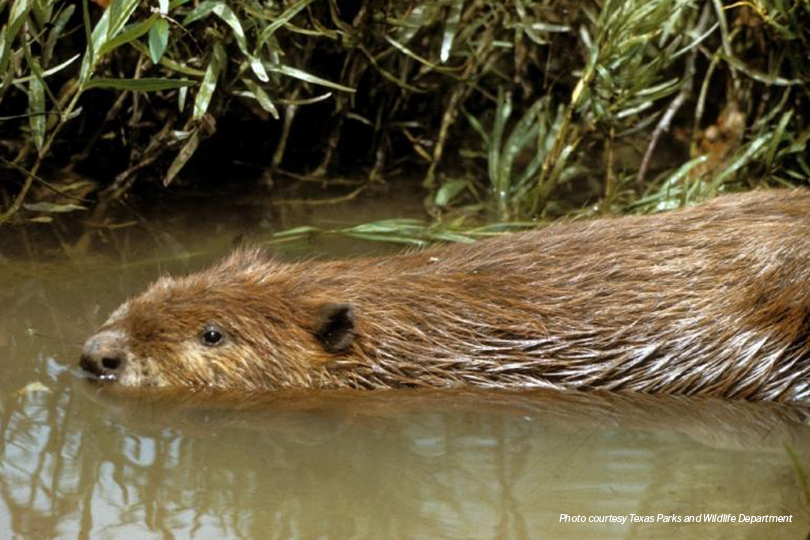By Jessica Domel
Multimedia Reporter
Well-known trappers, fur hunters and handlers from across the United States will gather in Gatesville in a few weeks for the semi-annual convention and members’ meeting of the Texas Trappers and Fur Hunters’ Association.
The Fall Rendezvous will be held Oct. 15-16 in the Gatesville Civic Center.
“We provide instructions and demonstrations on how to capture different kinds of animals, and we try to educate the membership and the public about proper fur handling techniques and ethical wildlife control methods,” Bill Applegate, vice president of the organization, said.
The programs are designed to help trappers deal with nuisance animal complaints.
There will be presentations on predator management for wildlife, high fence predator solutions and predator trapping.
“Kicking-off at 1 p.m. Friday, we have a fellow (Randy Wreyford) who is going to do a feral hog trapping demonstration using panels and t-posts,” Applegate said. “We also have other guys doing coyote, bobcat and beaver demonstrations.”
Attendees will be able to visit a nearby ranch and pick locations to set traps.
“People can see just how to choose a location and what to look for,” Applegate said. “They can even try their hand at setting a trap if they’d like.”
On Saturday morning, attendees can go back out to the ranch to see if their traps caught anything.
“We also evaluate any kind of misses where an animal comes by and does not get caught. We try to analyze and figure out what went wrong,” Applegate said in an interview with the Texas Farm Bureau Radio Network.
The event also will include a ladies skillet toss, kids and ladies crafts, basic trapping for youth and fundraising activities.
Vendors with trapping, calling and fur hunting merchandise and specialty knives also will be at the event.
The rendezvous is free and open to the public. Advanced registration is not required.
Applegate said there’s a need for trappers in Texas year-round because they help manage wildlife.
“Animal populations will climb and climb to the point where their habitat can no longer support that number of animals,” Applegate said. “When that takes effect, then the population crashes into these valleys, and its takes time to get over it.”
With regulated trapping, the peaks and valleys in wildlife populations are minimized.
“It helps return the number of animals more toward that straight line balance that the habitat will support,” Applegate said. “Another good thing is that trapping and fur harvesting is a renewable resource, as opposed to the oil and gas-generated fake fur, because animals reproduce and only the excess are harvested.”
The majority of fur pelts from trapping are sold on the fur market by auction houses in Canada.
When the price for fur falls, there are less incentives for trappers to capture animals.
“As a result, the population of all these animals begins to increase and different animals will encroach on human activities,” Applegate said. “Raccoons will begin to infest homes and attics, and coyotes will kill dogs and cats in suburban areas. But with regulated trapping and incentives for the trappers to be out there, we can keep these encroachments on humans to a minimum.”

